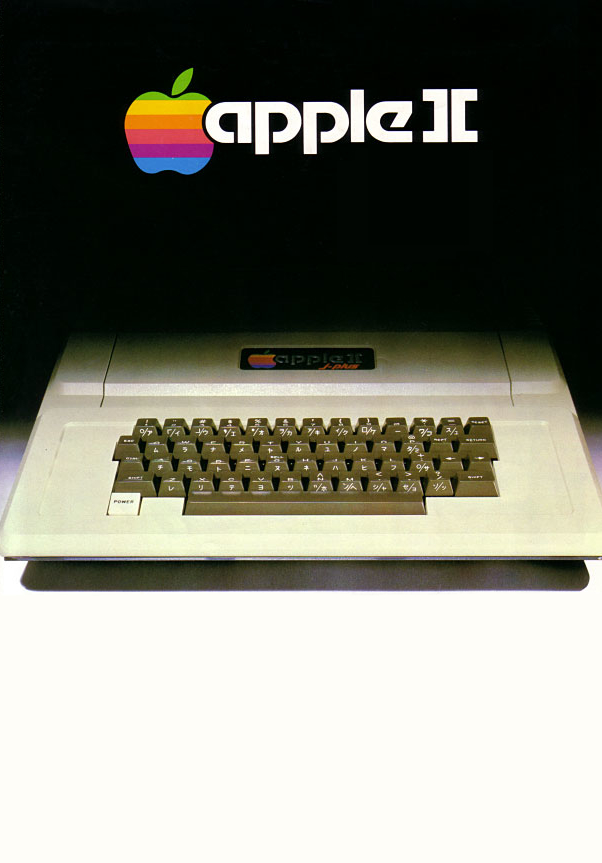
1. This set is made by TOSEC.
2. All files have been scanned with RomVault and there are no missing files.
3. The set includes files of all regions.
4. All ROMs are in TorrentZip format.
5. If you have previous set, make sure to scan it with a collection manager of your choice and the latest DAT file before joining the torrent.
6. The files contained in this pack are not necessarily allowed to be uploaded on their own.
7. Filenames are lengthy; in case of issues, use a short base file path.
The Apple II (stylized as apple ][) is an 8-bit home computer and one of the world’s first highly successful mass-produced microcomputer products. It was introduced by Jobs and Wozniak at the 1977 West Coast Computer Faire and was the first consumer product sold by Apple Computer, Inc.
The Apple II used peculiar engineering shortcuts to save hardware and reduce costs, such as:
Taking advantage of the way the 6502 processor only accesses memory on alternate phases of the clock cycle, the video generation circuitry’s memory access on the otherwise unused phase avoids memory contention issues and interruptions of the video stream.
This arrangement simultaneously eliminated the need for a separate refresh circuit for the DRAM chips, as the video transfer accessed each row of the dynamic memory within the timeout period. In addition, it did not require separate RAM chips for the video RAM, while the PET and TRS-80 had SRAMs for the video.
Rather than use a complex analog-to-digital circuit to read the outputs of the game controller, Wozniak used a simple timer circuit whose period is proportional to the resistance of the game controller, and used a software loop to measure the timer.
A single 14.31818 MHz master oscillator was divided by various ratios to produce all other required frequencies, including the microprocessor clock signals, the video transfer counters, and the color-burst samples.
The text and graphics screens have a complex arrangement. For instance, the scanlines were not stored in sequential areas of memory. This complexity was reportedly due to Wozniak’s realization that the method would allow for the refresh of the dynamic RAM as a side effect (as described above). This method had no cost overhead to have software calculate or look up the address of the required scanline and avoided the need for significant extra hardware. Similarly, in the high-resolution graphics mode, color is determined by pixel position and thus can be implemented in software, saving Wozniak the chips needed to convert bit patterns to colors. This also allowed for subpixel font rendering, since orange and blue pixels appear half a pixel-width farther to the right on the screen than green and purple pixels.
The Apple II at first used data cassette storage like most other microcomputers of the time. In 1978, the company introduced an external 5 1⁄4-inch floppy disk drive, the Disk II, attached via a controller card that plugs into one of the computer’s expansion slots (usually slot 6). The Disk II interface, created by Wozniak, is regarded as an engineering masterpiece for its economy of electronic components.
The approach taken in the Disk II controller is typical of Wozniak’s designs. With a few small-scale logic chips and a cheap PROM (programmable read-only memory), he created a functional floppy disk interface at a fraction of the component cost of standard circuit configurations.
